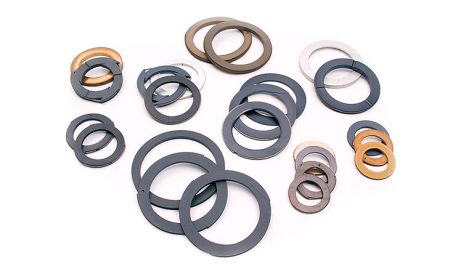Various governments are regulating stringent policies to encourage the adoption of energy-efficient lighting systems in their countries. Such policies are offering extensive potential for cost and energy savings in several sectors. Moreover, the introduction of model energy codes for commercial and residential buildings has accelerated the shift toward energy-efficient and cost-effective lights for ambient lighting. For example, the U.S. Energy Standard for Buildings is a national model energy code for commercial units in the country and is a vital parameter for building design and associated systems.
Additionally, declining prices of light-emitting diodes (LEDs) will also support the ambient lighting market to grow at 9.2% CAGR during 2020–2030. At this growth rate, the market value is expected to rise from $60.8 billion in 2019 to $156.5 billion by 2030. An LED light consumes nearly half of the energy to produce the intensity of light generated by a compact fluorescent lamp (CFL) and a cold cathode fluorescent lamp (CCFL). It has been estimated that the reduced energy consumption can directly lower the emission of carbon dioxide (CO2) by 700 million metric tons, annually.
Moreover, the increasing focus of people on smart lighting solutions will accelerate the adoption of ambient lighting products in the coming future. The development of internet of things (IoT) technology and inclination toward Industry 4.0 and high requirement for smart home solutions will encourage market players to develop better variants of LED lights. In recent years, energy efficiency and connected domestic devices have become important parts of lifestyle, which are inspiring the manufacturers to introduce lighting systems with increased aesthetics, performance, and functionality.
The type segment of the ambient lighting market is categorized into suspended lights, surface-mounted lights, recessed lights, strip lights, and track lights. In 2019, the recessed lights category accounted for the largest market share, on account of increasing installation of such lights in a wide range of settings. Both the commercial and residential settings use recessed lights to enhance the quality of lighting and offer improved look and feel to the given spaces.





